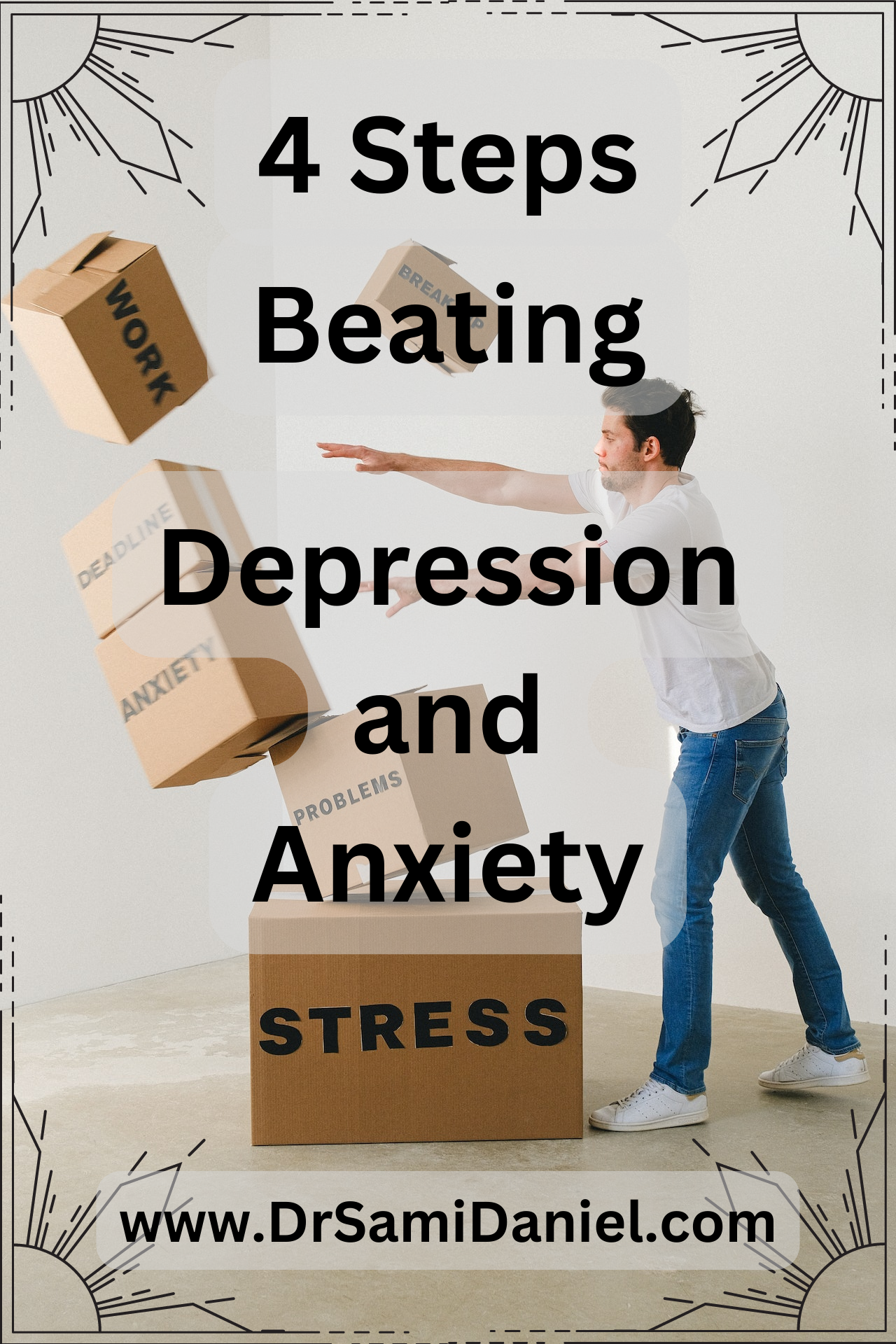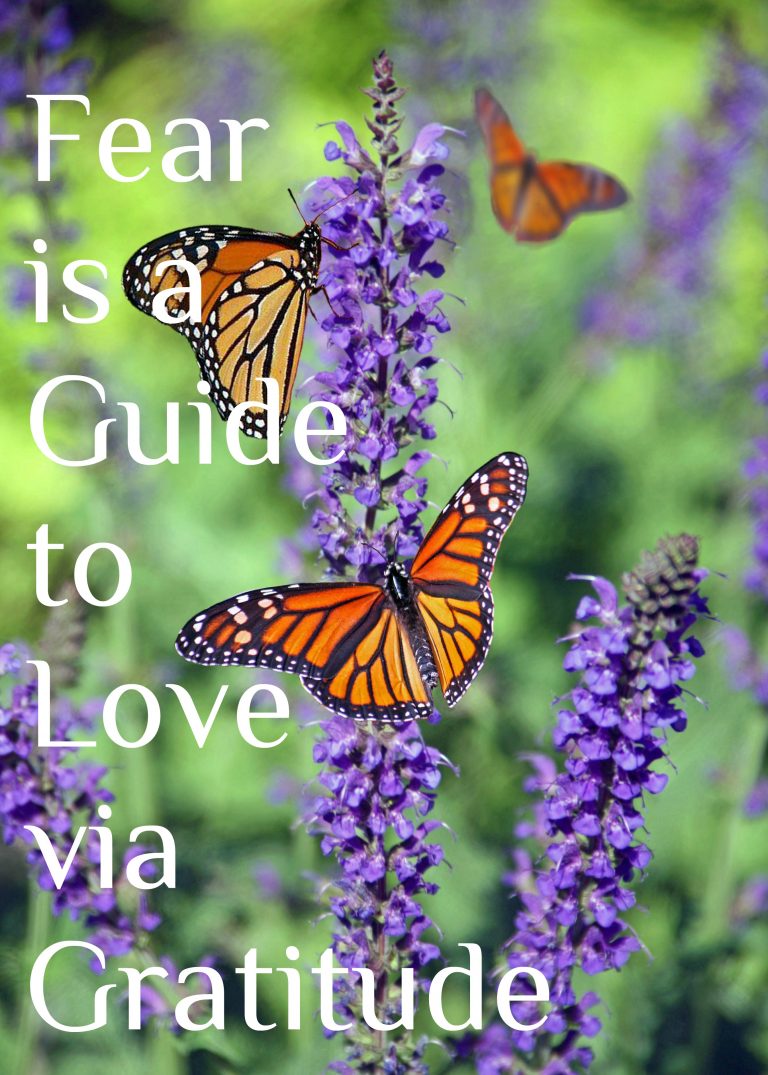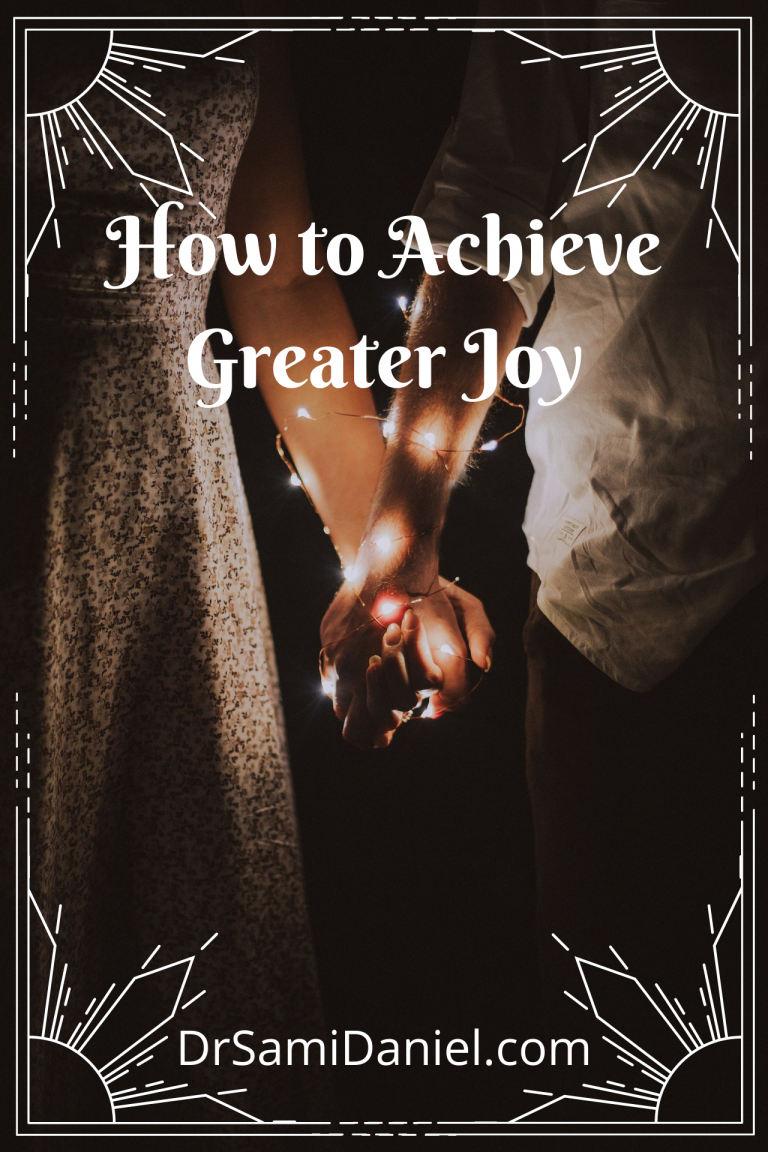4 Steps to Beating Depression and Anxiety: It is Not All In Your Head
Having depression and anxiety is a tough undertaking.
They insidiously invade every nook and cranny of your life.
It’s as if you were unaware of their tentacles wrapping themselves around you. Once they squeeze just a little too tight, you feel triggered and escape seems impossible.
This has been my experience. Others may feel differently.
There are treatment options. There is everything from cognitive behavioral therapy to medication.
Depending on what you and your doctor decide, you may try one or both of them to best suit your needs.
In this article, I hope to explore a third option.
I plan to extract depression and anxiety from the nebulous realm of the mind and wrestle with them in the physical world.
I want to actually look them in the eye and embrace them.
It’s All In Your Head
“It’s all in your head”, said society for years.
“No it’s not society. Stop being lazy and let’s figure out this mutual problem together.”
I don’t know about you, but I feel like, “It’s all in your head” leaves a lot to be desired.
I find that this phrase implies three things:
- You have a mental problem.
- I think you’re faking it.
- I think you just want attention.
Bottom line: No one takes responsibility.
None of these implications are true; and we must banish these old thought patterns.
The mental health community has taken great strides to normalize mental health care. However significant stigma remains around mental health.
So we dare not explore our inner world for fear of being socially ostracized.
- “What if I get fired?”
- “What if my family looks at me differently?”
- “What if I discover a scary darkness within myself?”
We remain a mystery to ourselves because of fear; and that is a grave mistake.
We have a responsibility to purposely explore the glorious essence of our constitution and manifest it.
Yes, it’s all in your head; and that is an empowering statement.
We have the control, the responsibility, and the ability to explore the mystery of our existence.
The Physical Mind
I suggest that your body is a physical manifestation of your mind.
So you can actually see your mind in physical form.
You can use your mind in physical space too.
Therefore you can physically use your body to affect your mind in a positive way and get feedback in real time – Bio-hacking at its finest!
What I suggest is not a revelation.
For example,
- We read people’s body language all the time.
- We might not know the exact thoughts in someone’s head, but we can see the effect of those thoughts on that person’s body and in that person’s facial expressions.
- Stress can raise someone’s blood pressure and heart rate.
- Over time, high blood pressure and heart rate can lead to serious health consequences.
- Meditation can address anxiety
- Building conscious awareness can promote the relaxation response of the body.
The mind and the body mingle in an intricate relationship of constant communication and expression.
So the mind can impact the body. Likewise, the body can influence the mind.
This exchange of positive and negative influence creates our total experience.
However this sounds like we are simply a passenger in a vehicle called the mind and body.
Let’s get in the driver’s seat and learn how to operate this machine.
We start by…
Choosing Your Focus
You are not your thoughts; you are aware of your thoughts. You are not your emotions; you feel emotions. You are not your body; you look at it in the mirror and experience this world through its eyes and ears. You are the conscious being who is aware that you are aware of all these inner and outer things.
~ Michael A. Singer, The Untethered Soul: The Journey Beyond Yourself
Michael has shown us that René Descartes’ quote was not quite right.
Rather than, “I think, therefore I am”, we should say, “I see my thoughts, therefore I am the thoughts I choose to be aware of.”
We cannot choose the thoughts that enter our minds. However we can choose which thoughts deserve our attention and therefore allow them physical expression.
Per Michael’s statement, we seem to have three tools at our disposal:
- Thought
- Emotion
- Body
If we have difficulty focusing our thoughts, then we can use emotion or the body to assist.
Newton’s Yin Yang Thought Process
To my knowledge, Newton never studied psychology or eastern philosophy.
However Newton’s law of equal and opposite forces states that for every action there is an equal and opposite reaction.
In other words, for every yin, there is a yang; and vice versa.
Therefore I would like to extrapolate this to the domain of the human mind.
I will state that for every thought, there is an equal and opposite thought.
In other words, if you have a negative thought, there is an equally positive thought.
For every negative emotion, there is an equally positive emotion.
But how can this be?
How can someone be in the depths of despair and still experience exuberant happiness?
There is one word for what I am postulating: Delusional!
However we did not think Saint Mother Teresa delusional when she found joy in the slums of calcutta. In fact, we revere her.
You Control the Remote
An individual experiences an onslaught of thoughts vying for attention.
They claim that the brain processes 70,000 thoughts per day. I could not personally find any evidence-based research or peer reviewed article that supports this hypothesis. As far as I have read, nobody seems to know where this number originated.
However if we assume that the brain is able to automatically generate a lot of thoughts in a day, then we realize that most thoughts are not in our control.
But you do have the remote control.
Your thoughts are essentially like daily television programming.
You don’t get to decide what goes on the TV. The television executives decide what they want to broadcast.
For those people who think TV programming is antiquated, the same thing happens with streaming services.
Although you do not get to decide the actual programming or available shows, you do get to choose what you want to watch within the boundaries of their offerings.
Most people do not realize that they have control of their own remote.
Nobody ever pointed it out or gave us the manual.
Here’s the thing, our body is the remote:
- Our body is the channel flipper.
- Our emotions are the volume buttons with surround sound.
- Our thoughts are vividly displayed on the high definition screen.
The Depression and Anxiety Remote Manual
So how do you use the remote?
You need not leave the imprisonment of anxiety or depression.
In fact, you will soon realize that you are only watching a depressing or anxiety-provoking show.
The common advice I read promotes the use of mindfulness and meditation as the choice of weapon to combat this problem; and it is very good!
However sitting still and practicing mindfulness feels nearly impossible during moments of extreme anxiety and/or depression.
In my opinion, only a trained and well-practiced mind can control racing thoughts in an instant.
As I am a distracted mortal, I prefer to practice mindfulness and meditation by building upon my habits.
I work with my mind by:
- Being aware of thoughts and feelings manifesting in my body.
- Embracing the character of those thoughts and feelings.
- Embody that character physically.
- Dance with my body slowly to effect change in my experience.
Here is an example:
I am going to use anxiety for this example, however I can apply this during states of depression as well.
I began to feel anxious. In fact, I could not figure out why. But the anxiety was palpable.
So I started the process:
- I was aware of my thoughts and feelings.
- My thoughts centered on financial management with respect to relationships (I always feel that monetary capability is a major factor in protecting and providing for my loved ones).
- I felt the anxiety welling up in my chest and making my arms and legs feel kind of weak. These are familiar bodily sensations that I recognize as a state of anxiety.
- I embraced the character of those thoughts and feelings.
- I find that fighting them makes things worse; and ignoring them never resolves anything.
- By embracing them, I have a chance to allow the turmoil to evaporate.
- I find the time to sit with my feelings and thoughts. I study them as they unfold.
- I embody the character.
- My thoughts were trapped. So I released them by physically writing. A computer is not good enough for me. I have to write on paper. This forces me to slow down and spend time with my thoughts before moving on to the next one.
- The feelings in my body also need expression. Feeling weak implies that I felt robbed of strength. So I exercised.
- If my thoughts are racing and I cannot write them down fast enough, I will walk first.
- I dance with my body to change my experience
- I match the speed and rhythm of my thoughts and feelings with writing and walking. This is the embodiment.
- Once I successfully embody my thoughts and feelings in physical form, I begin a kind of dance; feeling how my mind and body responds as I take the lead.
- If I am walking fast, I might slow down a little bit to see if my thoughts will match my new speed.
- If I am writing, I might take a little more time to think of a better word to see if it feels right.
Choosing to meditate in the midst of anxiety is a good idea. However I cannot do it.
In fact, my mind will run even faster!
Instead of engaging in a cat and mouse game, I follow the above steps to embody my thoughts and feelings and regain control indirectly.
Keep in mind that the actions I outlined above help me. They might not help you; meaning that you might need to tweak these suggestions to fit your style.
Disclaimer: Feel free to tweak the above suggestions within legal, moral, and ethical boundaries.
For example, instead of writing you might prefer voice recording or vlogging.
Instead of walking you might prefer yoga, tai chi, swimming, bicycling, lifting weights, the list goes on.
You may even envision the movements if you are physically unable to perform them.
Everyone has a unique experience and a unique style to match that experience.
Conclusion
Follow the 4 steps:
- Awareness
- Embrace
- Embody
- Dance
Anxiety and depression are difficult forms of expression. However you have the power and ability to embrace them with grace and elevate that energy into glory.
Of course, I only offer a method that has helped me.
You should always speak with your therapist and provider for first-line help.
Thank you for reading!
Please leave comments and subscribe to my newsletter for more weekly information.
References
Learn more about mindfulness and meditation with anxiety and depression here:





